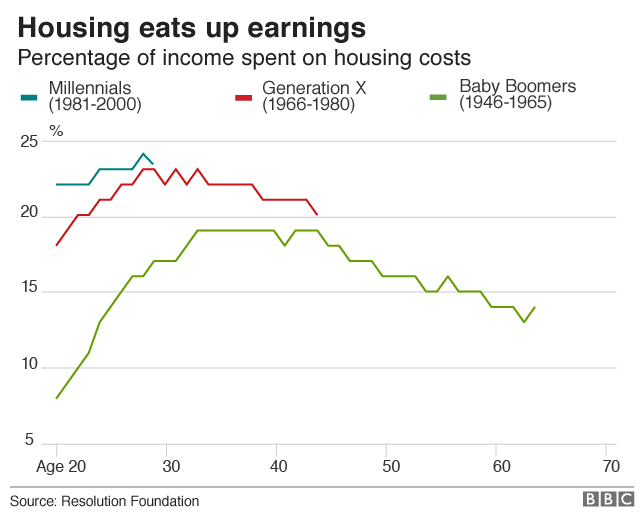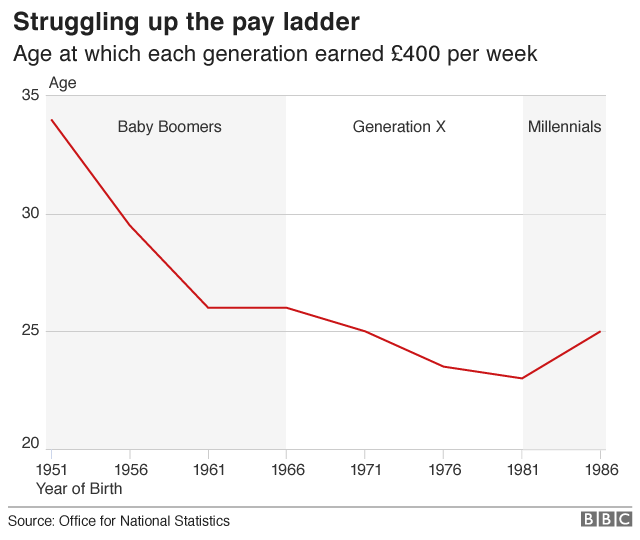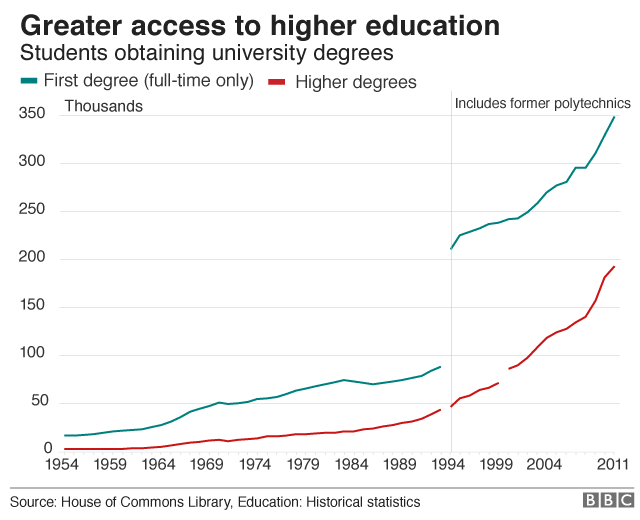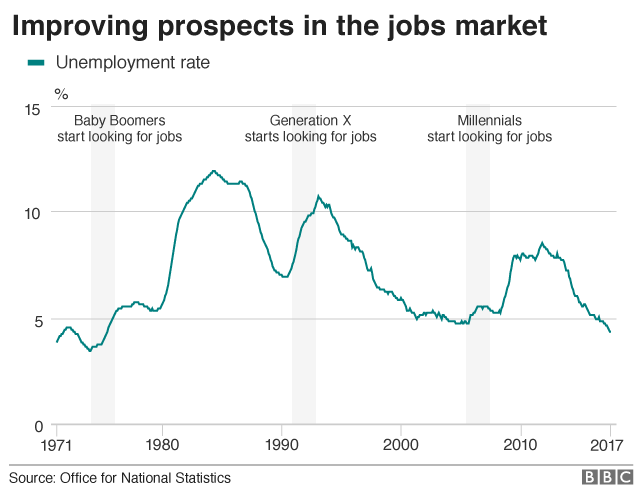.
We will spend around £35,000 doing a major refurb, This will be a 8 person HMO for young professionals.
We will get around £3,000 per month rent. The costs will be around £1300 per month leaving a net profit of £1700 per month.

Rowena Mason, deputy political editor: This will please many looking to buy their first home. But it is hard to see how it will increase supply. It is likely to help those in the south-east the most, and may just stimulate the slowing market again.
RM: Hammond’s package goes further than what he promised over the weekend, pledging £44bn in capital funding to help meet his pledge of 300,000 homes annually by 2020. He is also issuing a threat to developers that their days of landbanking are over, as he hit out at those who do not build on plots that have already been granted planning permission. The chancellor only promises a review but does not rule out direct action.
RM: This is only a small package for renters compared with the billions being spent on encouraging housebuilding. It is targeted at those on low incomes and receiving housing benefit in areas where rents are rising the most, thereby handing more money to landlords.
RM: This is a partial victory for those campaigning against the injustices of the universal credit system leaving many in hardship. It is an expensive move – reducing the waiting time of claimants by one week, make advances quicker and give people housing benefit for longer to avoid the threat of evictions while they wait for universal credit. Tory MPs are likely to be appeased but Labour may well think this does not go far enough, considering many claimants have been left waiting for six weeks for their first payments.
RM: This is a big boost to the £700m previously allocated for preparations. It will be seen as a victory for those hard Brexiters pushing for more money to get ready for the possibility of leaving the EU with no deal. But critics of Brexit are likely to seize on the large sum, which could otherwise have been spent on improving public services. Voters were also promised that leaving the EU would save them money, not cost more.
RM: It is nearly all bad news on the economic front. Growth is lower than expected and productivity still poor. Hammond does not say why the economy will slow for the next three years but there will be inevitable links to the uncertainty caused by Brexit.
RM: Hammond says he is not resiling from efforts to bring down the UK’s deficit and debt, as he still wants to balance the books like George Osborne. But he is slowing the pace of reducing the deficit so borrowing will reduce less rapidly than forecast in March.
RM: The chancellor is giving an extra £2.8bn to the NHS – which falls short of the £4bn demanded by Simon Stevens, the chief executive of NHS England. As expected, Hammond commits to £10bn on capital expenditure in the health service.
RM: The Conservatives say this will give the lowest-paid workers a rise of about £600 a year but it is still below the real living wage of £8.75 and Labour’s promise to raise it to £10.
RM: The rise in the basic rate income tax threshold is in line with the Conservatives’ pledge to increase it to £12,500 by 2020 and the higher rate threshold – the point at which you start paying 40% tax – to £50,000 by 2020.
RM: The chancellor seems very keen on boosting new technologies, although quite a niche one as electric cars are driven by a minority of people at the moment.
RM: Hammond promises that he is not hammering white van man or woman, mindful of how his budget will be received by headline writers at the Sun. The increase in vehicle tax also only applies to new diesel cars from 1 April, so existing owners who were encouraged to buy diesel by previous governments will avoid being penalised.
RM: This announcement is covered in the fingerprints of Hammond’s deputy, Liz Truss, who has long spoken about the need to focus on maths, science and the quality of teaching.
RM: It seems May’s government has not abandoned Osborne’s northern powerhouse after all. The announcement is about better connecting prosperous city centres with their suburbs.
RM: This is not too much to get excited about, as it is just the consequences of the Barnett formula being applied to this budget. The only new bit specific to Scotland is that the government will legislate to allow Scottish police and fire services VAT refunds from April 2018.
RM: This is a straightforward tax break for North Sea oil producers, slightly undermining the chancellor’s earlier green rhetoric about electric cars and taxing plastics.
RM: This one got a huge cheer from the backbenches. ‘Happy Christmas, Mr Deputy Speaker,’ Hammond adds.
RM: Hammond has been under pressure to appeal to younger voters after they turned to Labour in their droves at the election. However, some have questioned whether such an obvious handout will tempt those in their 20s back to the Conservatives and highlighted the risk that it could annoy those in their 30s who also turned to Labour.
RM: The chancellor turns to wealthier first-class passengers and those who travel by private jet to fund a freeze in air passenger duty, which airline bosses have long been complaining makes them uncompetitive.
RM: Every year Conservative MPs lobby against further rises in fuel duty and this year the chancellor has given in once again – at a time of rising petrol and diesel prices.
RM: It is the most predictable element of any budget: pledges by the chancellor to raise money from cracking down on tax avoidance.
RM: Hammond shies away from the controversial move of lowering the threshold at which businesses start having to charge VAT, which would no doubt have been characterised as a tax on small tradesmen and women. Instead, he goes for the old trick of launching a consultation on the difficult issue.
RM: This is an attempt to raise money from digital retailers to level the playing field between them and high street shops, but the £200m revenue is not huge.
RM: The chancellor is focusing on scientific investment as he tries to pitch this as a ‘forward-looking’ budget. It involves tax breaks for spending on research, even though these have been criticised by the IPPR thinktank for subsidising investment that would have happened anyway.
RM: This is a potential revenue raiser for the Treasury, after a string of media stories about the wastefulness of items such as coffee cups, plastic bags, food wrappers, straws and drinks bottles. This is only a consultation though, so could take a while to flow through.





